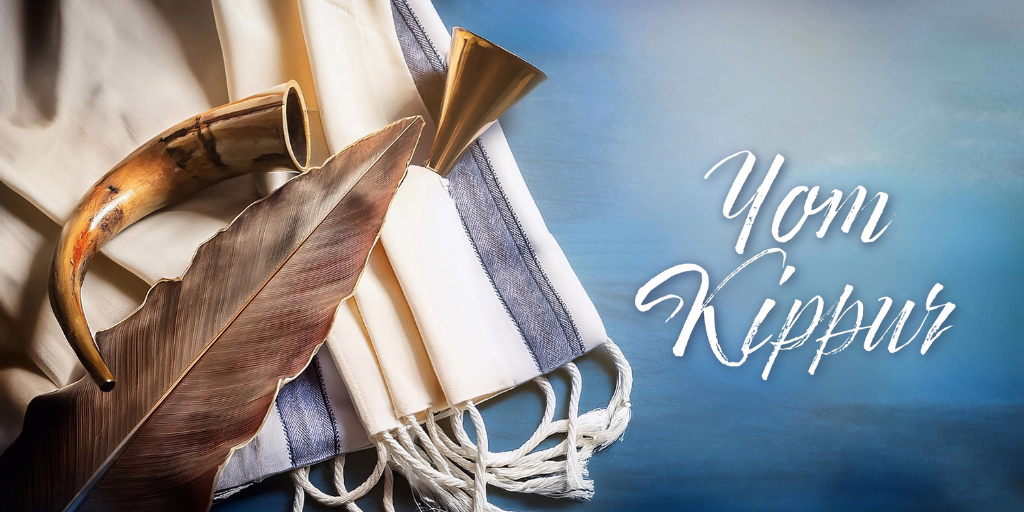
October 2-4 is Rosh Hashanah, or Jewish New Year. The biblical name for this holiday is Yom Teruah and it is the first of the Jewish High Holy Days. Rosh Hashanah is also known as the “Days of Renewed Responsibility,” and begins at sunset on day one and ends at nightfall the next. The Jewish New Year is a time to begin introspection, looking back at the errors of the past year and planning the changes to make in the New Year. No work is permitted on Rosh Hashanah. Much of the day is spent in synagogue, where the regular daily liturgy is somewhat expanded. One popular observance during this holiday is eating apples dipped in honey, a symbol of a wish for a sweet new year. Another is Tashlikh (“casting off”), where Jews walk to flowing water (such as a creek or river) on the afternoon of the first day and empty their pockets into the river, symbolically casting off their sins. Small pieces of bread are commonly put in the pocket to cast off.

October 11-12 is Yom Kippur, or the “Day of Atonement” is the holiest day of the year on the Jewish calendar. Jews traditionally observe this holy day with a 25-hour period of fasting and intensive prayer, often spending most of the day in synagogue services. Yom Kippur is a complete Sabbath: no work can be performed on that day, and it is well-known that you should refrain from eating and drinking (even water) on Yom Kippur. This holy day completes the annual period known in Judaism as the High Holy Days (or sometimes “the Days of Awe”). It is customary to wear white on the holiday, which symbolizes purity and repentance.
The 10 days between Rosh Hashanah and Yom Yippur are significant days known as the “10 Days of Awe” or the “10 Days of Repentance.” During this time, further introspection takes place. Other positive ways to use this time for spiritual enrichment is to pray, perform charitable deeds, acts of loving kindness, seek forgiveness, and reconciliation with others. It is said that one’s actions between Rosh Hashanah and Yom Yippur can change God’s judgments toward us into blessings.
Resources

Photographer: Armando Rafael. Food Stylist: Judy Haubert. Prop Stylist: Vanessa Vazquez.
- Find information about Chabad on WashU Danforth Campus held at the ROHR Center for Jewish Life. There you can view the Rosh Hashanah and Yom Kippur schedule as well as sign up for Shabbat.
- Learn more about the High Holidays and Jewish celebrations and traditions.
- The Food We Eat on Rosh Hashanah and Why
- 70 Classic & Creative Rosh Hashanah Recipes
- Yom Kippur Foods to Serve Before or After the Fast
- 9 Books to Prepare You For the High Holidays